Uttarakhand Switch to Hindi
Vibrant Villages Programme-II (VVP-II)
Why in News?
The Union Cabinet, chaired by PM Narendra Modi, approved the Vibrant Villages Programme–II (VVP-II) as a Central Sector Scheme for FY 2024–25 to 2028–29.
Key Points
- About the Scheme:
- The scheme supports the vision of Viksit Bharat@2047 for ‘Safe, Secured & Vibrant Land Borders’.
- It focuses on the comprehensive development of villages in blocks adjoining International Land Borders (ILBs), excluding the Northern border (already covered under VVP-I).
- Total Outlay: Rs.6,839 crore.
- Implementation Period: Till FY 2028–29.
- States/UTs covered:
- Arunachal Pradesh, Assam, Bihar, Gujarat, Jammu & Kashmir (UT), Ladakh (UT), Manipur, Meghalaya, Mizoram, Nagaland, Punjab, Rajasthan, Sikkim, Tripura, Uttarakhand, Uttar Pradesh, West Bengal.
- Objective of the Scheme:
- To create better living conditions in strategic border villages.
- To provide adequate livelihood opportunities for residents.
- To ensure prosperous and safe international borders.
- To control trans-border crime in vulnerable regions.
- To integrate border populations with the national mainstream.
- To enable villagers to serve as ‘eyes and ears’ of border guarding forces, enhancing internal security.
- Key Provisions under VVP-II:
- Infrastructure development in individual villages or village clusters.
- Value chain development through cooperatives, Self-Help Groups (SHGs), etc.
- Border-specific outreach activities to engage and empower local communities.
- Establishment of education infrastructure, including SMART classes.
- Development of tourism circuits to boost local economy and cultural visibility.
- Implementation of projects for diverse and sustainable livelihood opportunities in border areas.
- Implementation Approach:
- Village Action Plans: Developed collaboratively, customized to state, village, and border-specific needs
- Road Connectivity: Via PMGSY-IV (under Ministry of Rural Development)
- High-Powered Committee (chaired by Cabinet Secretary): To allow relaxations in implementation guidelines
- Saturation Focus (Thematic Areas)
- The programme aims to ensure that all individuals and households in the selected villages receive the full benefits of existing welfare schemes, by bringing different schemes together.
- It also plans to fully cover all villages in these areas with four basic services:
- All-weather road connectivity
- Telecom connectivity
- Television connectivity
- Electrification
- Use of Technology
- Implementation supported by digital tools like PM Gati Shakti platform for integrated planning and tracking


West Bengal Switch to Hindi
SC Judgement on West Bengal Schools Recruitment Scam
Why in News?
- The Supreme Court while upholding the quashing of nearly 25000 teaching and non-teaching staff appointments made by the West Bengal School Selection Commission (WBSSC) in 2016, laid down key principles to be considered by the Court when dealing with challenges to appointments in government employment.
Key Points
- Background: The recruitments made in 2016 by the WBSSC were linked to the cash-for-school jobs recruitment “scam”. The SSC had held the selection process in 2016 for assistant teachers for classes nine to 12 and non-teaching staff.
- SC Judgement:
- The Supreme Court bench upheld the Calcutta HC's finding that the selection process was fraudulent and manipulated.
- Tainted candidates’ services will be terminated, and salaries must be refunded.
- The entire selection process was declared void for violating Articles 14 (Equality before Law) and Article 16 (Equality in matters of public employment) of the Indian Constitution.
- Even untainted candidates will lose jobs but need not refund salaries.
- No future appointments can be made from the scrapped process.
- The Supreme Court bench upheld the Calcutta HC's finding that the selection process was fraudulent and manipulated.
- SC’s 4 Key Principles to Strike Down Tainted Selection Processes:
- Entire exam results will be cancelled if in-depth inquiry signals fraud in process.
- The evidence used to cancel en masse selection may not necessarily prove malpractice beyond reasonable doubt (but just a reasonable certainty of systemic corruption).
- If deep manipulation in the process is proven, purity of the process has to be given precedence over inconvenience to untainted candidates.
- If it is factually established that the entire process is vitiated, individual hearings are not necessary.

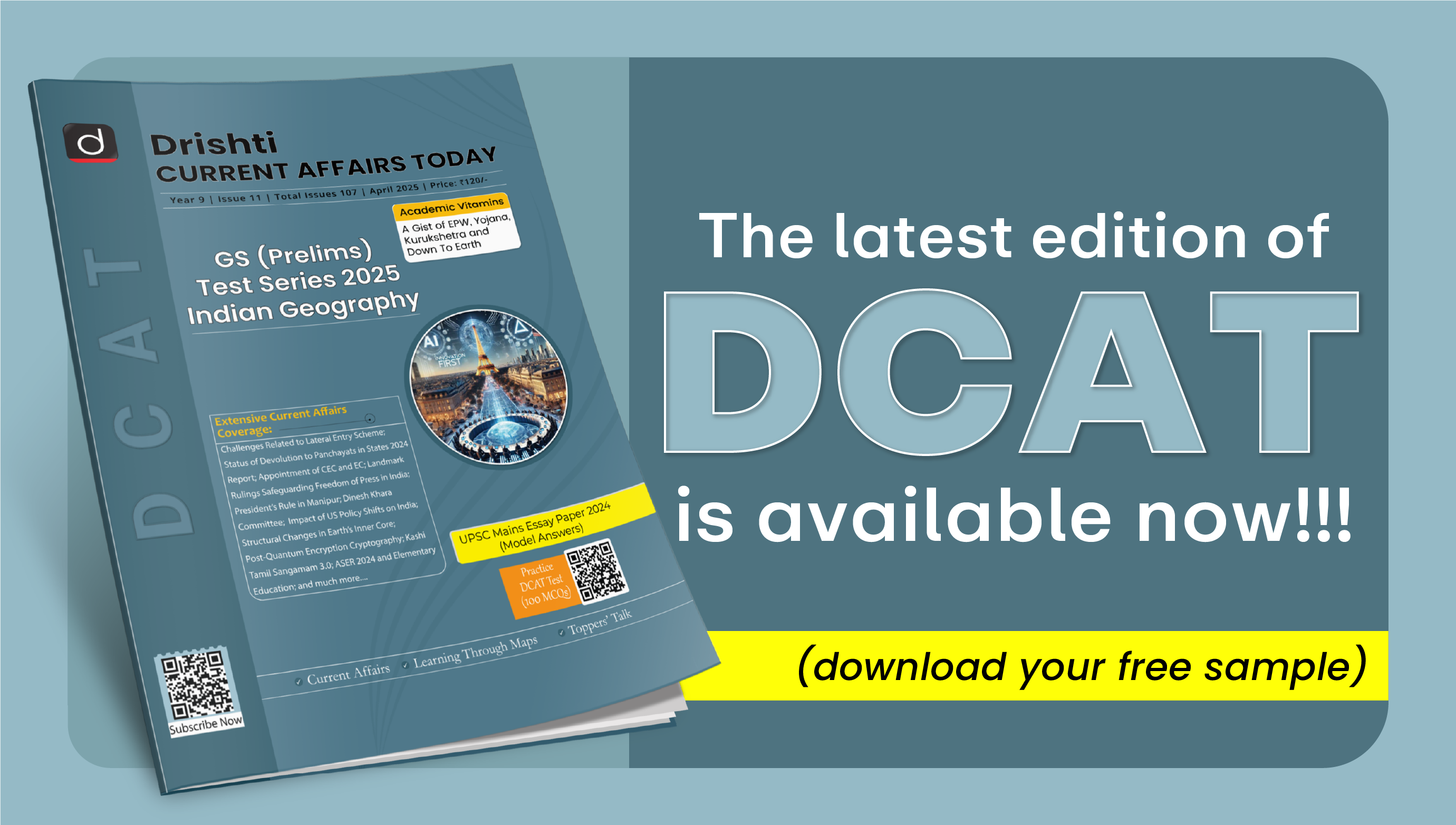
Chhattisgarh Switch to Hindi
Bastar Pandum Programme
Why in News?
- The Union Home Minister addressed the Bastar Pandum festival in Dantewada, Chhattisgarh, celebrating tribal heritage while highlighting ongoing efforts to eradicate Naxalism and ensure holistic development of the region.
Key Points
- Cultural Recognition and Bastar Pandum:
- The Bastar area of Chhattisgarh is known for its tribal culture, tradition, customs and diverse tribal cuisine.
- Bastar Pandum is being organized to revive this rich tribal art and culture of Bastar and bring it in front of the country and abroad.
- Under this three-day program, competitions were organized in seven disciplines including tribal dance, folk song, tribal drama, musical instruments, costumes, jewelry, crafts and cuisine.
- It will be celebrated in twelve categories next year, and tribal people from across the country will participate.
- The Bastar area of Chhattisgarh is known for its tribal culture, tradition, customs and diverse tribal cuisine.
- Fight Against Naxalism: The address highlighted:
- Government Target: Naxalism-free India by March 2026.
- Village Incentive Scheme: Villages declared Naxal-free will receive Rs. 1 crore as development fund.
- Governance & Development Initiatives:
- Promotion of Tribal Identity and History: GI Tagging and "Vocal for Local" initiative for tribal products.
- National Recognition of Tribal Freedom Fighters:
- Honouring Veer Gundadhur of Bastar
- Birsa Munda’s birth anniversary declared as Janjatiya Gaurav Diwas
- The 150th anniversary year as Janjatiya Gaurav Varsha was celebrated on 15 November 2024.


Madhya Pradesh Switch to Hindi
Chief Minister's Sugam Transport Service
Why in News?
In the cabinet meeting held under the chairmanship of the Chief Minister, approval was given for starting the Chief Minister Sugam Transport Service for the cities and rural areas of Madhya Pradesh.
Key Points
- Objective:
- The main objective of this scheme is to establish a convenient, safe and well-organized passenger transport system for the passengers in the cities and rural areas of Madhya Pradesh.
- Under this scheme, bus services will be expanded on rural and ordinary routes, allowing people to travel easily and providing them regular, safe and accessible transport facilities.
- Financial Sanction and Structure:
- An amount of Rs 101 crore 20 lakh has been sanctioned for this project .
- A holding company will be formed at the state level under the Companies Act, 2013 , which will integrate the control of the seven divisional companies.
- New regional companies will be formed for Rewa and Gwalior and a three-tier structure will be created to monitor these companies.
- Use of assets and resources:
- The movable and immovable assets used by the city transport companies, such as bus terminals and bus stops, will be developed in a coordinated manner by the holding company.
- The properties developed by Municipal Corporation and other authorities will be valued and their amount will be paid by the Transport Department.
- Amendments to the rules:
- In-principle approval has been given for necessary amendment in Madhya Pradesh Motor Vehicles Rules, 1994 so that adjustments can be made in the rules related to transportation.
- Public-private partnership (PPP) model will be adopted for bus operations , through which private bus operators will be systematically regulated.
The Companies Act, 2013
- The Companies Act, 2013 came into force in India on 30 August 2013.
- This Act serves as a guide for all matters right from formation of companies in India to their dissolution.
- 'National Company Law Tribunal' (NCTL) has been established under the Companies Act .
- It is noteworthy that the Companies Act, 2013 itself introduced the concept of 'One Person Company '.
Public-Private Partnership (PPP) Model
- PPP project means a long term agreement between the government or any of its statutory bodies and the private sector for any project.
- Under this agreement, infrastructure services are provided for a fee. In this, usually both the parties together form a Special Purpose Vehicle (SPV) , which works to implement the project.
- Today , the PPP model is being promoted for investment in many important sectors of infrastructure such as roads, railways, renewable energy, ports, airports, pipelines and urban infrastructure sector etc.
- Benefit-
- By adopting the PPP model the projects are completed at the right cost and on time.
- Due to timely completion of work through PPP, the income from the scheduled projects also starts on time, which also leads to increase in the income of the government.
- The capacity of the economy can be enhanced by increasing the productivity of labour and capital resources in completing projects.
- The quality of work done under the PPP model is better than government work and the work is done as per the planned schedule.

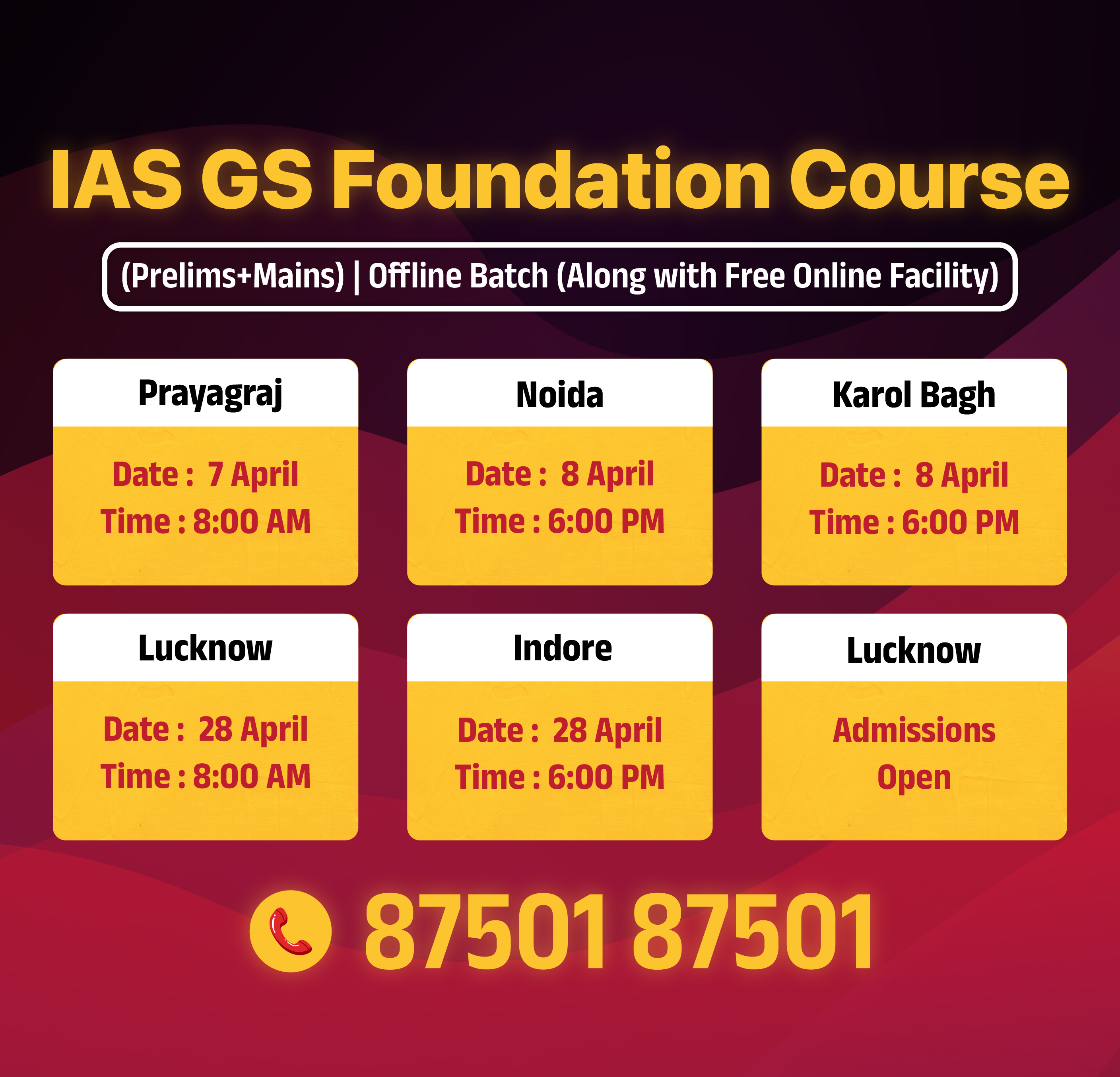
Madhya Pradesh Switch to Hindi
Jal Ganga Samvardhan Abhiyan
Why in News?
The Jal Ganga Samvardhan Abhiyan has been launched for the conservation and revival of water sources, including rivers, ponds, wells, and stepwells within the urban areas of Madhya Pradesh.
Key Points
- About the campaign:
- This campaign started on the banks of Kshipra River on 30 March 2025 and will continue till 30 June 2025.
- Objective:
- Conservation of water sources : The main objective of Jal Ganga Abhiyan is to conserve and revive the water structures (rivers, ponds, wells, stepwells etc.) of the state.
- This also includes a plan to purify dirty water drains under Swachh Bharat Mission-2.0.
- Promoting public participation : In this campaign, efforts are being made by the urban bodies to ensure the participation of citizens, especially women.
- Events on various religious and cultural occasions : During the campaign, events like cultural programmes, plantation and tree planting will be organized on special days like Ganga Dussehra (5th June) and Bat Savitri Purnima.
- Through these events the importance of water structures and nature will be highlighted.
- Conservation and enhancement of natural resources : In this campaign, there is a plan to create green belts around water structures and the soil excavated during the digging of water structures will be given to farmers, so that natural resources can be used better.
- Guidelines and Implementation:
- To treat the dirty water drains found in water structures after diversion under Swachh Bharat Mission-2.0.
- Provision of drinking water facility at important places in the city.
- Establishment of rain-water harvesting system in colonies.
- Arrangements for repairing leakage so that water is not wasted.
- To prepare Jaldoot, Jal Mitra and Amrit Mitra.
Swachh Bharat Mission (SBM)
- Introduction:
- This was a massive people's movement, whose aim was to create a clean India by the year 2019. The foundation of the Swachh Bharat Mission was laid on the occasion of 2 October 2014 (Gandhi Jayanti). This mission covers all rural and urban areas.
- The urban component of this mission is implemented by the Ministry of Housing and Urban Affairs and the rural component is implemented by the Ministry of Jal Shakti.
- Swachh Bharat Mission-Urban:
- Step 1:
- The programme includes elimination of open defecation, conversion of insanitary latrines to flush toilets, elimination of manual scavenging, municipal solid waste management and behaviour change of people with regard to healthy hygiene practices.
- The mission aims to cover 1.04 crore households, provide 2.5 lakh community toilets and 2.6 lakh public toilets, and build a solid waste management facility in every city.
- As a required support for construction of community toilets, up to 40% of the cost of construction of community toilets will be provided by the Central Government as Viability Gap Funding (VGF) /One-time Grant. As per SBM guidelines, States/UTs will provide an additional 13.33% for the said component.
- North-eastern states and special category states will have to contribute only 4%. The funds will have to be arranged by the urban local body through innovative mechanisms. The estimated cost per seat of a community toilet is Rs 65,000.
- Step 2:
- SBM-U 2.0 envisages making all cities 'garbage free' and ensuring grey water management in all cities other than those covered under 'AMRUT', converting all urban local bodies into ODF+ and cities with population less than 1 lakh into ODF++, so as to achieve the goal of safe sanitation in urban areas.
- The mission focuses on segregation of solid waste at source, use of principles of 3Rs (reduce, reuse, recycle) , scientific processing of all types of municipal solid waste and remediation of old dumpsites for effective solid waste management. The outlay of SBM-U 2.0 for the period 2021-22 to 2025-26 is about Rs 1.41 lakh crore.
- SBM-U 2.0 envisages making all cities 'garbage free' and ensuring grey water management in all cities other than those covered under 'AMRUT', converting all urban local bodies into ODF+ and cities with population less than 1 lakh into ODF++, so as to achieve the goal of safe sanitation in urban areas.
- Step 1:
Uttar Pradesh Switch to Hindi
Sarnath Sculpture Style
Why in News?
During his visit to Thailand, Prime Minister Narendra Modi gifted a brass statue of Buddha in meditation posture, made in the Sarnath style, to King Maha Vajiralongkorn of Thailand.
- About Sarnath Sculpture:
- Origin and Development:
- The Sarnath style emerged during the Kushan period and reached its peak during the Gupta period .
- Naming:
- This style developed at Sarnath, where Buddha gave his famous 'Dharmachakra Pravartan' (first sermon) .
- As a result, this art style came to be known as 'Sarnath Style' .
- Construction Material:
- In ancient times, sandstone was mainly used for making statues . But nowadays, metals like brass are also being used along with stone, which has improved the structure and durability of the statues.
- Features:
- The Buddha statues of Sarnath art express a deep sense of peace and wisdom.
- The Buddha idols have slanted eyes and sharp noses, with a gentle smile on their lips. The Sarnath style Buddha has a very gentle face.
- The Buddha is depicted seated in the Dharmachakra Mudra (teaching posture), where his hands are in a position to turn the wheel of Dharma and impart teachings.
- These statues often depict the “Abhanga Mudra”, with the Buddha's body slightly tilted, giving an impression of movement and beauty.
- The halo behind the Buddha statue is often decorated with intricate floral patterns, which further enhance the grandeur and spiritual significance of the statue.
- Origin and Development:


Rajasthan Switch to Hindi
Meenakari Art
Why in News?
During his visit to Thailand, Prime Minister Modi gifted tiger enamelled cufflinks to Pitak Suksawat, husband of Thai Prime Minister Shinawatra.
Key Points
- About Meenakari Art:
- Meenakari art is especially prevalent in the states of Rajasthan and Gujarat .
- It is the art of decorating metal surfaces by mixing minerals on them.
- In this, dramatic motifs of birds, flowers and leaves are painted or embellished on various types of metals with bright colours. This art originated in Persia (Iran) and came to India with the Mughal rule in the 16th century .
- In this art, fine glass powder is used to create colors and designs on metal, stone and clothes.
- Among the leading artists of Meenakari art, Kudrat Singh is considered the magician of this art and he was honored with the Padma Shri Award in the year 1968.
- Features of cufflinks
- These show the richness of this art.
- These cufflinks feature the majestic tiger face motif symbolizing courage and leadership.
- They are crafted from high quality silver with gold plating and vibrant enamel work, showcasing the rich jewellery traditions of India.


Rajasthan Switch to Hindi
Rajasthan Leads in Solar Power Installation at Railway Stations
Why in News?
According to the statement of the Union Railway Minister in the Lok Sabha, the Indian Railways is making all endeavors to promote solar energy in line with the Government policies and Rajasthan has the highest number of Installations Units Among All States and UTs.
Key Points
- Solar power plants have been installed at 275 railway stations in Rajasthan – the highest in the country: 73 stations between 2014-15 to 2019-20 and 200 more were added between 2020-21 to February, 2025.
- Renewable Energy Plan of Indian Railways:
- Indian Railways has set a target of achieving 100% electrification by 2025–26.
- Railways aims to become net-zero carbon emitter by 2030.
- To achieve this target, Railways will meet its energy requirements through renewable energy, which will be a mix of solar energy and wind energy.
- Railways will install solar power plants on the rooftops of its stations and utilise its vacant land.
- Indian Railways aims to set up 20 GW of solar power plants on its vacant land by 2030.
- Solar Power Plants at Railway Stations –Top 5 States (as of February 2025):
- Rajasthan - 275
- Maharashtra – 270
- West Bengal - 237
- Uttar Pradesh - 204
- Andhra Pradesh -198
Solar Energy
- Introduction:
- Solar energy is a renewable and clean energy source obtained from the sun by directly converting sunlight into electric energy. Through solar panels and solar thermal plants, it is used to generate electricity, heat and power appliances.
- Benefit:
- Solar energy is available throughout the day especially when the demand for electrical energy is highest.
- Devices that convert solar energy into electrical energy have longer life and also require less maintenance.
- Unlike conventional thermal power generation (by coal), solar energy does not cause pollution problems and promotes the production of clean electrical energy.
- There is an abundance of free solar energy in almost all parts of the country.
- There is no need to use electrical wires and transmission in the use of solar energy.



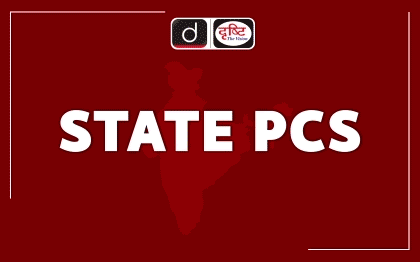
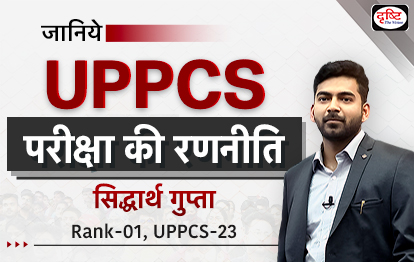


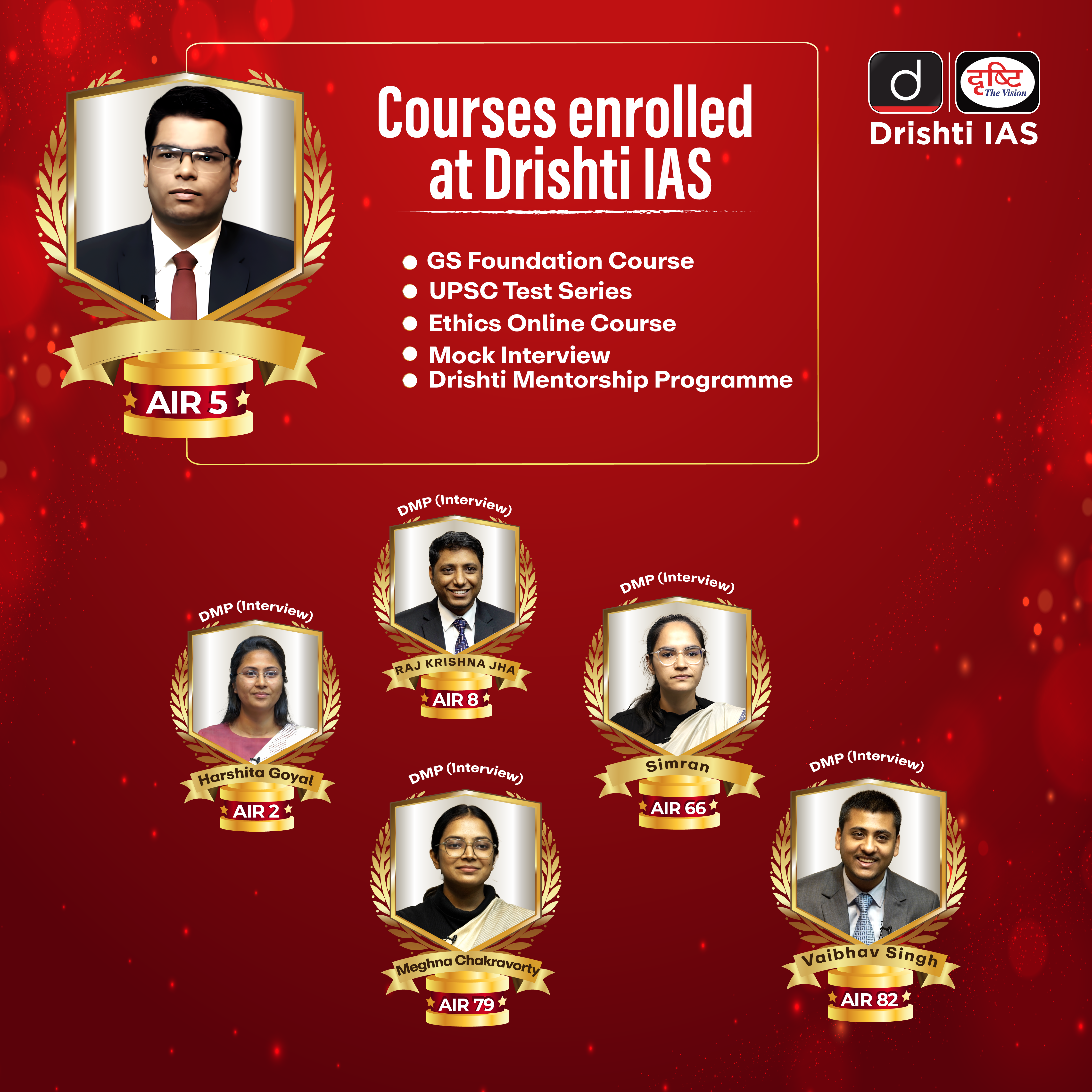


%20MPPCS%202025%20Desktop%20E.jpg)
%20MPPCS%202025%20Mobile%20E%20(1).jpg)

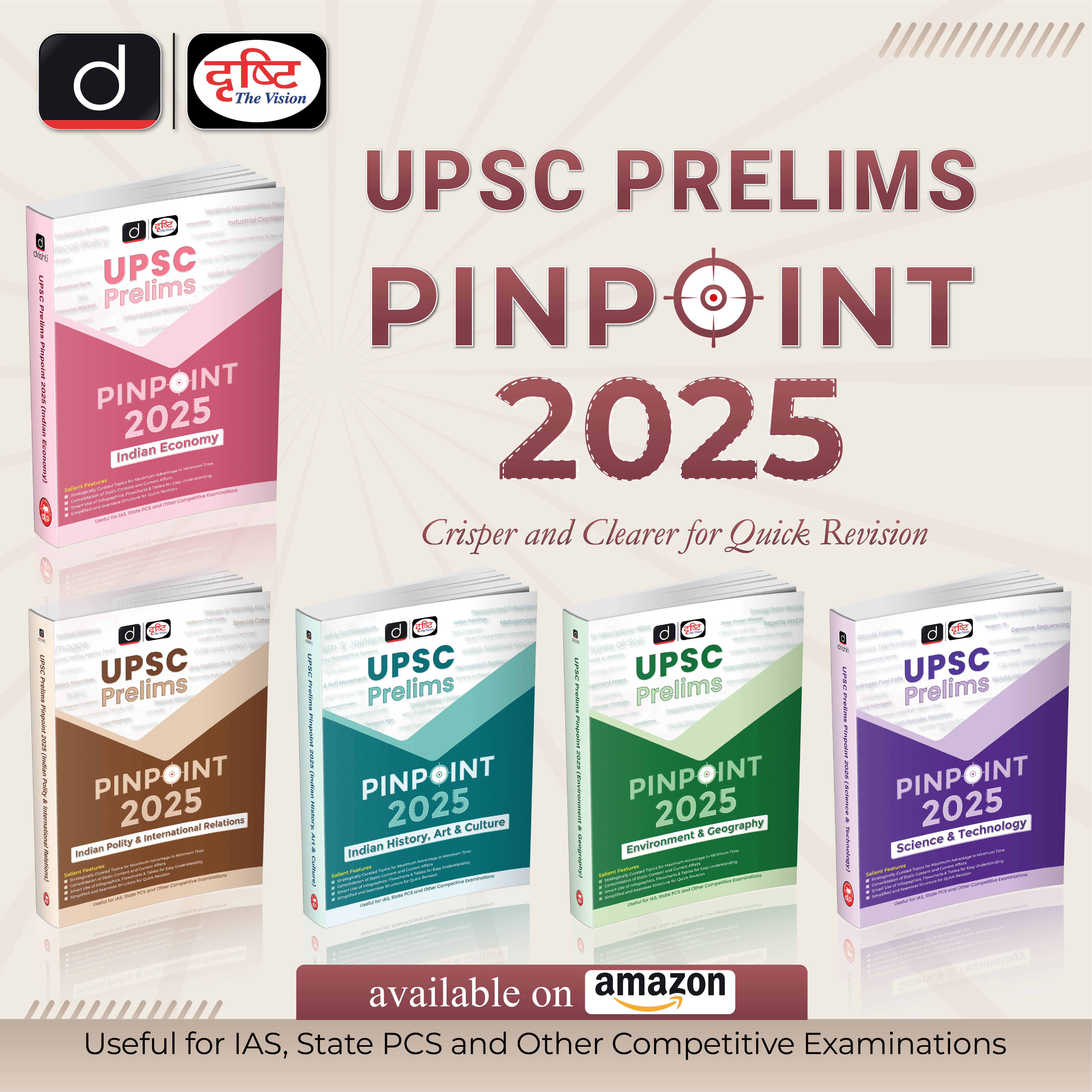

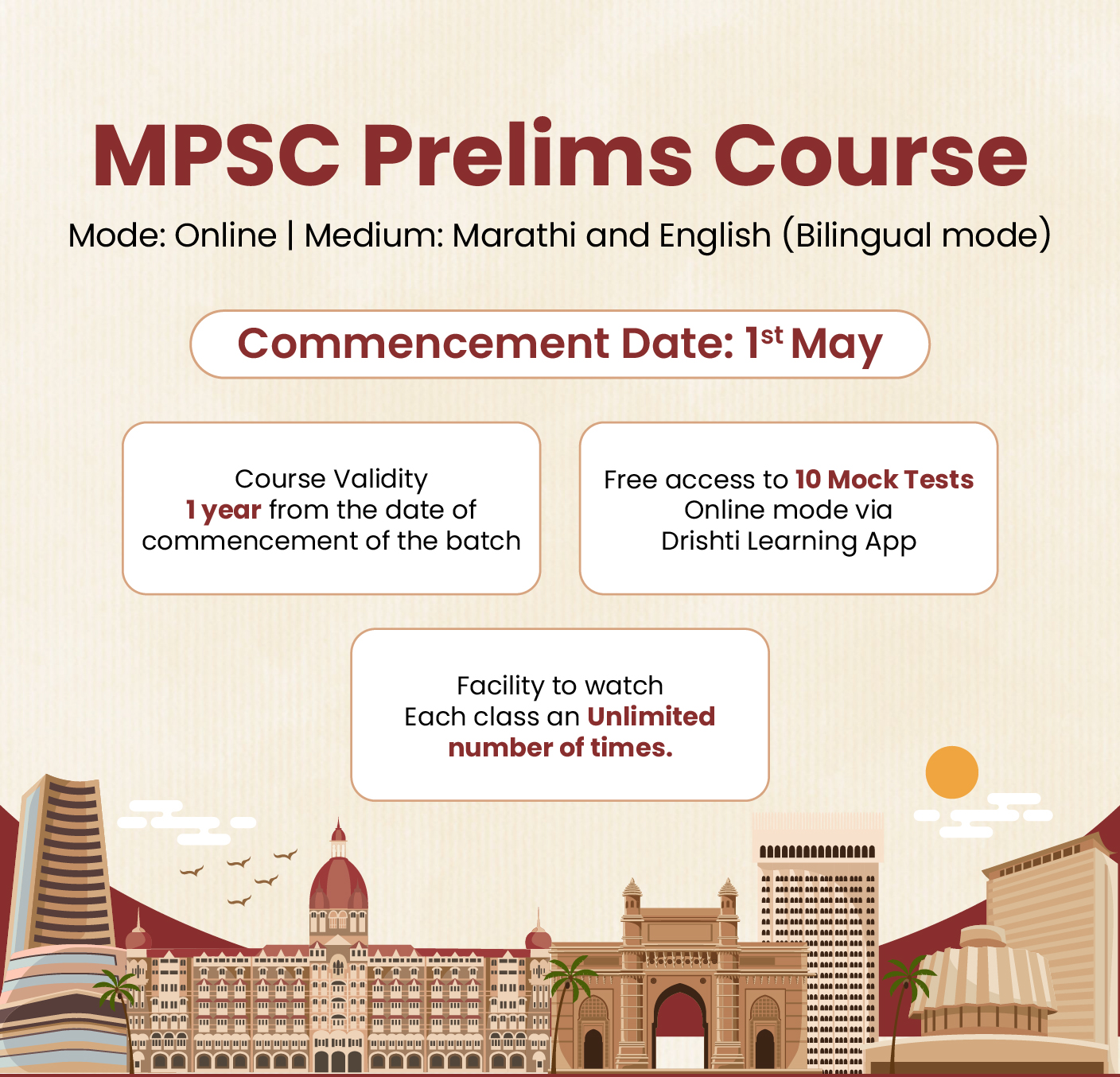





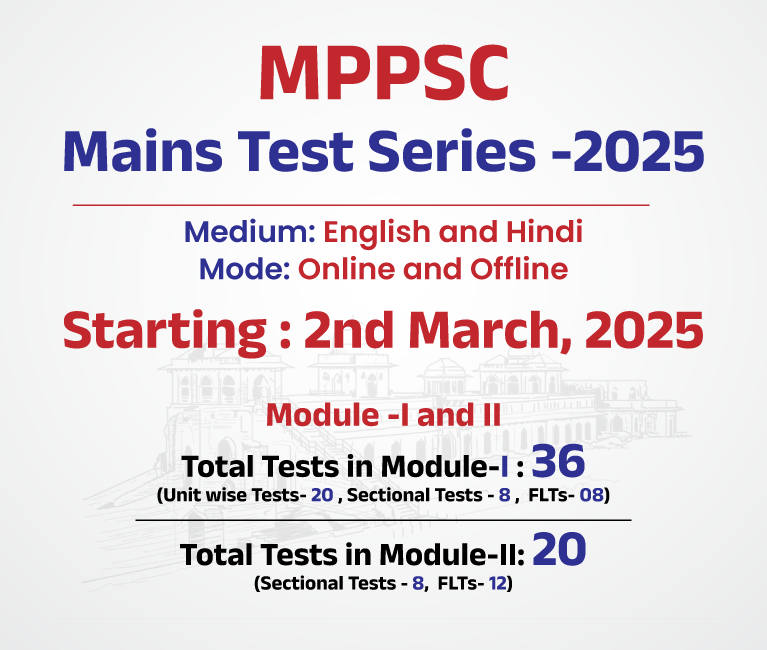

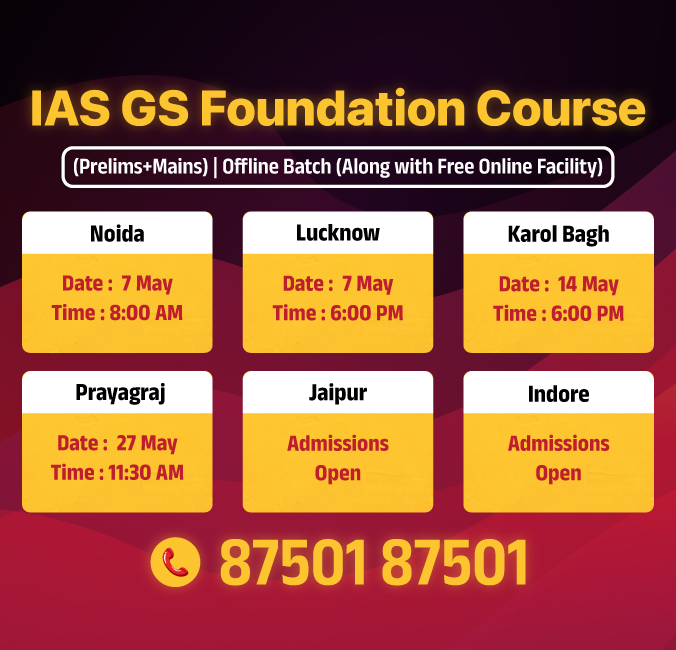

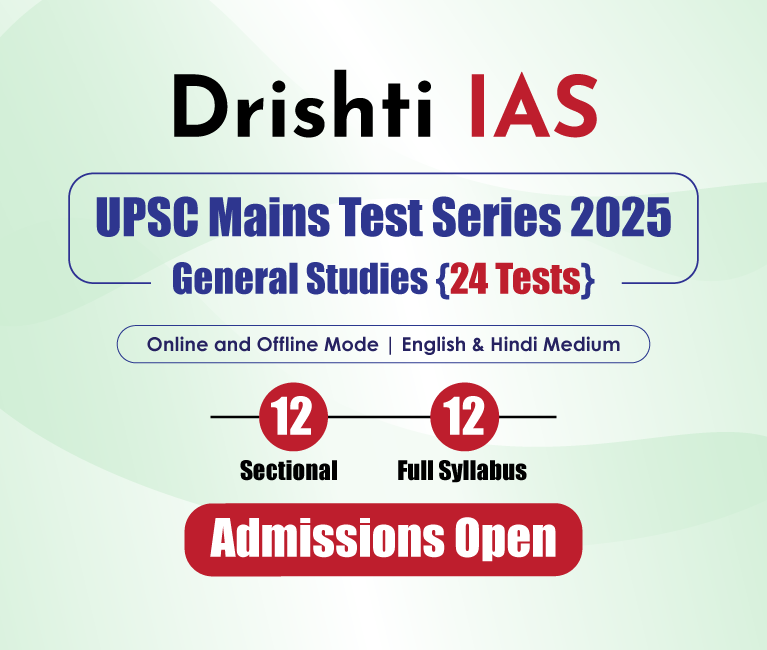

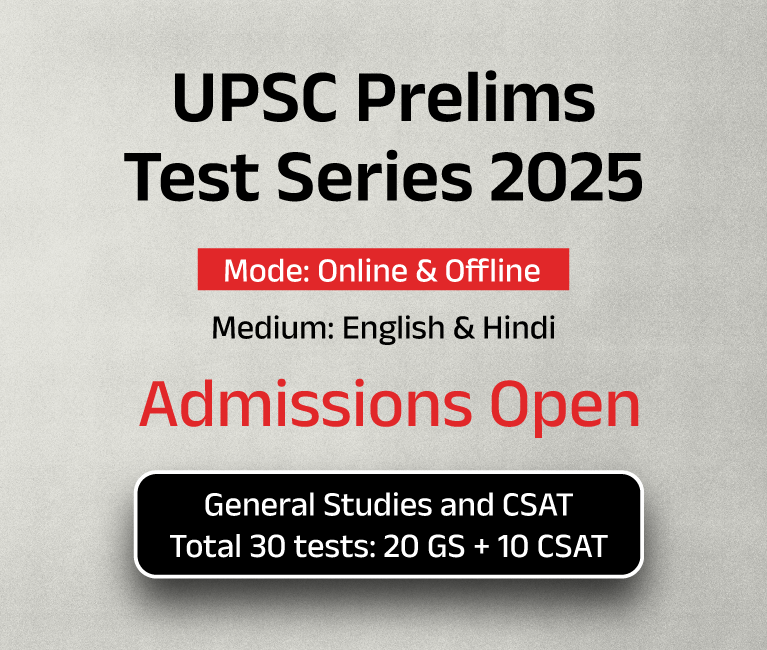

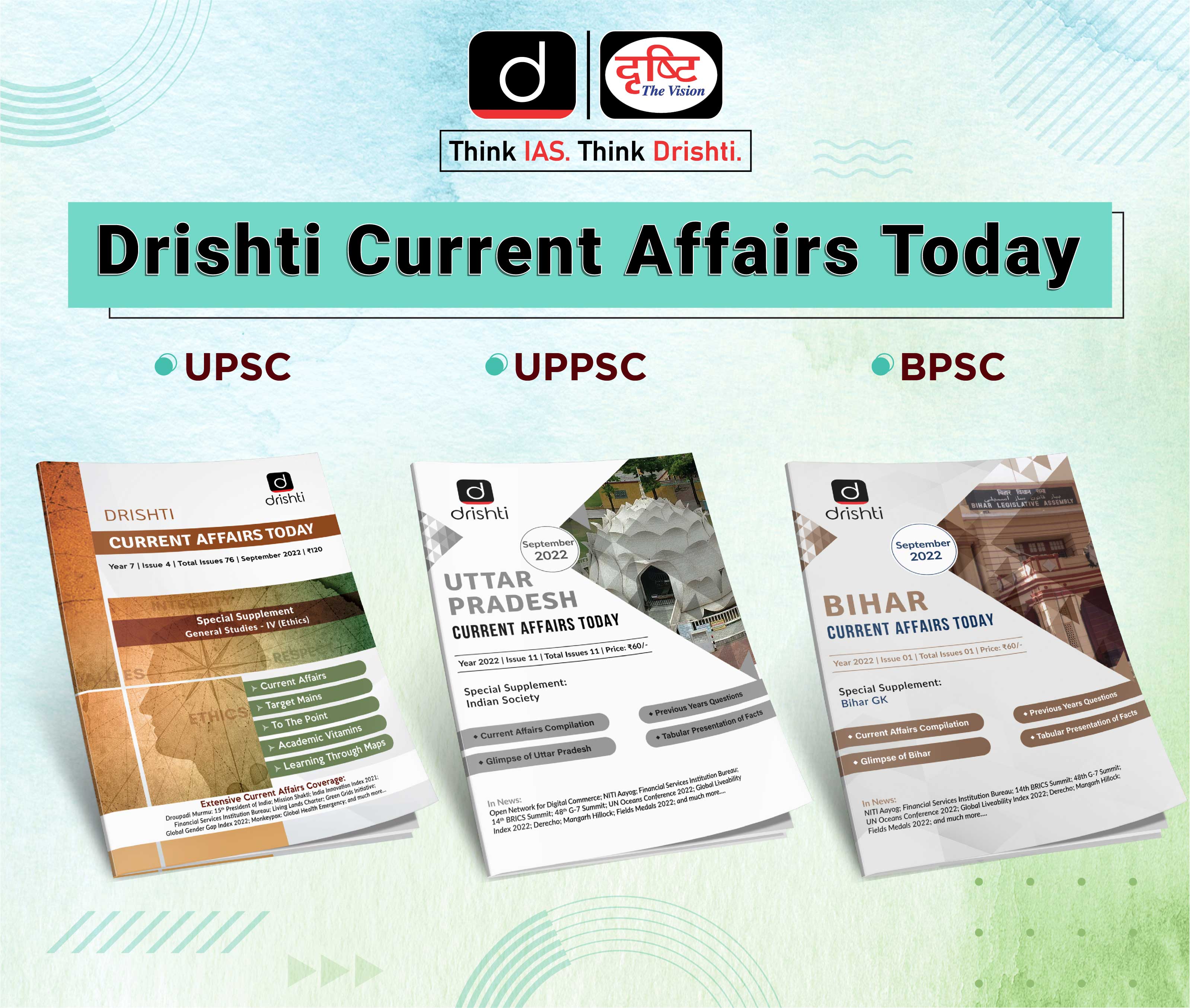

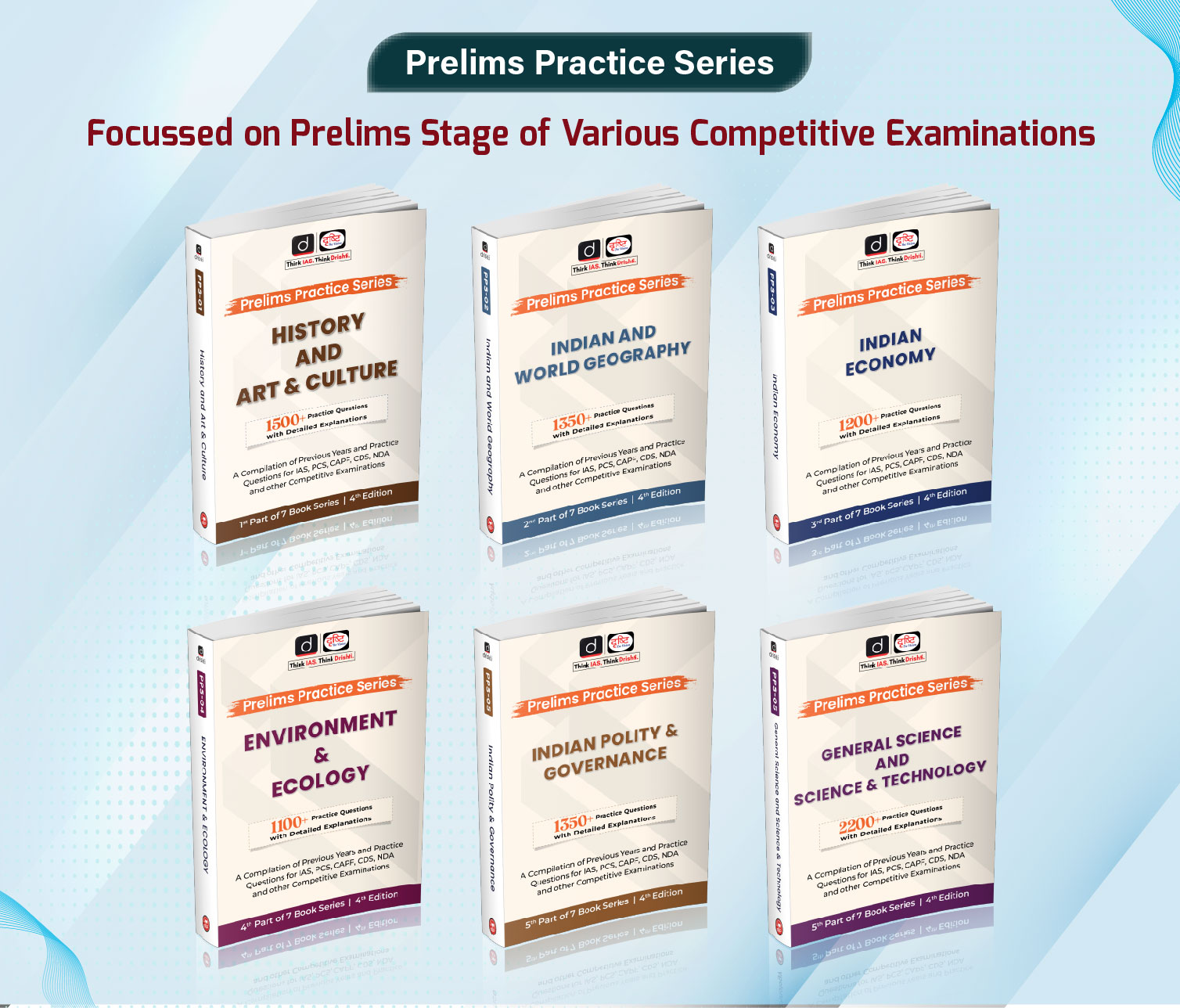

 PCS Parikshan
PCS Parikshan

